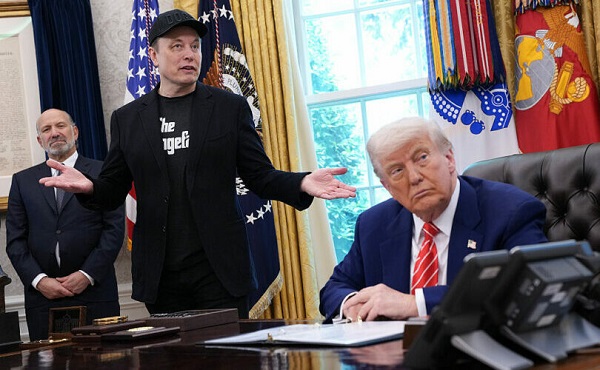From The Center Square
According to the Secretary of State’s office, Trump leads Harris by 184,935 in a 53%-46% split.
Former President Donald Trump was declared the winner Saturday night in Arizona, marking the final swing state for the Republican to collect in his landslide victory.
Arizona was the seventh and final swing state to be decided, securing Trump 312 Electoral College votes.
All but Coconino, Apache, Santa Cruz, and Pima counties favored Trump over Vice President Kamala Harris. Maricopa County, the source of dozens of electoral challenges including a partisan ballot review of the 2020 election, is currently favoring Trump by more than 78,000 votes. Trump lost the state to President Joe Biden in 2020 by little more than 10,000 votes.
According to the Secretary of State’s office, Trump leads Harris by 184,935 in a 53%-46% split.
Complete election results aren’t expected for at least another week, which is no different from previous cycles. Two-page ballots with dozens of judicial retention races and ballot propositions led to slower results in the days after polls closed. A new election integrity law enacted this year requiring polling stations to count envelopes before they can send off ballots added to the lag in results.
Both the Trump and Harris campaigns made Arizona a priority throughout the election cycle, either hosting rallies themselves or sending big-name surrogates.
Campaign volunteers descended on Maricopa County to join local activists who knocked on thousands of doors in the days before the election. Many residents complained about the barrage of phone calls, texts, emails, and flyers from numerous organizations.












